Bella Vista Country Club Golf Membership Costs, Fees & Benefits in NJ
Understanding “golf club membership cost” means accounting for initiation fees, recurring annual or monthly dues, and the common extras such as cart fees, food-and-beverage minimums, locker or storage fees, and special assessments. New Jersey sits in a competitive regional market where proximity to major metros and coastal demand lift prices, and clubs with extensive amenities command higher fees; for example, clubs like Bella Vista Country Club in New Jersey offer multiple membership tiers—Full, Casual Golfer, and Weekday—that illustrate how access levels and amenities influence total cost. This guide explains how initiation fees and dues are structured, compares private, semi-private, and public models, itemizes hidden expenses you should expect, and walks through practical break-even analyses for different play frequencies. You will get concrete state-level ranges, markdown tables for quick comparison, and checklists for negotiating and evaluating value. The article also profiles Bella Vista’s membership tiers and amenities as a localized example to ground statewide guidance, explains equity versus non-equity dynamics, and summarizes 2025 trends such as points-based models and dues adjustments. Read on to learn what to ask clubs, how to compute cost-per-round, and how to decide whether a membership makes financial and lifestyle sense.
What Is the Average Golf Club Membership Cost in New Jersey?
Average golf club membership cost in New Jersey varies widely by club type, with initiation fees and annual dues driven by access, amenities, and location. Initiation fees for private clubs tend to be the largest up-front expense and can act as an equity buy-in, while annual dues cover operating and maintenance costs; understanding both elements clarifies total ownership cost. Below is a compact comparison of typical initiation-fee bands across club types to help prospective members set realistic expectations and compare options quickly.
| Club Type | Initiation Fee Range | Typical Notes |
|---|---|---|
| Private (full-service) | $5,000 – $50,000+ | Higher amenities, priority tee times, often equity or high non-equity buy-ins |
| Semi-private | $1,000 – $10,000 | Limited equity, more flexible access, lower initiation but variable dues |
| Public / Municipal | $0 – $1,000 | Low or no initiation; pay-as-you-play models or annual pass options |
This table shows how initiation fees scale with exclusivity and amenity levels; private clubs command larger buy-ins, while public facilities minimize up-front cost. The next section explains how initiation fees affect long-term cost by applying amortization logic to membership horizons.
What Are Typical Annual and Monthly Dues for Golf Clubs?
Annual dues are the recurring payment that funds day-to-day operations including course maintenance, staffing, and clubhouse services, and they typically represent the bulk of ongoing membership expenses. In New Jersey, annual dues for full private memberships often range from several thousand to tens of thousands annually, whereas semi-private and weekday tiers sit substantially lower; many clubs offer monthly billing plans that divide annual dues into 10–12 payments with modest administrative fees. Monthly plans convert the annual obligation into manageable installments but may include processing fees or require autopay arrangements; clubs sometimes require a food-and-beverage minimum as part of dues. When evaluating dues, ask what percentage of the budget goes to capital reserves and maintenance versus soft services, since higher-maintenance courses and extensive amenities push dues upward. With that context, the following section compares cost and access tradeoffs across private, semi-private, and public clubs.
What Hidden Fees Should You Expect Beyond Dues?
Hidden fees are recurring or episodic charges that add materially to the headline dues and initiation amounts; common items include cart fees, food-and-beverage minimums, guest fees, locker fees, and special assessments for capital projects. Typical ranges encountered in market reporting are: cart fees $10–$40 per round per rider, food-and-beverage minimums $500–$3,000 annually depending on club, locker fees $50–$300 annually, and assessments that can be several hundred to multiple thousands when major capital work occurs. To uncover these costs, request the current year’s budget allocation, ask for a sample member invoice, and inquire about recent assessments or planned capital projects; negotiating waivers or phased assessment structures is sometimes possible for new members. Recognizing hidden fees enables accurate year-one and multi-year budgeting and leads into the practical example of how a specific club’s membership structure maps to these cost components.
What Types of Golf Club Memberships Are Available and How Do Costs Vary?
Membership types create access and pricing differentiation—equity versus non-equity, family and junior tiers, social-only memberships, and newer points-based systems each meet distinct member needs and produce varied cost implications. Below is a quick list summarizing common membership types and when each is financially appropriate.
- Equity Memberships: Ownership stake, higher initiation, resale potential.
- Non-Equity Memberships: Access-focused, lower initiation, limited ownership rights.
- Family/Junior/Social: Tiered benefits for households, lower fees for juniors or social-only access.
- Points-Based: Flexible usage credits replacing fixed rounds or promotions.
This list clarifies the primary options; the subsections below explain key distinctions and typical price differentials.
What Are the Differences Between Equity and Non-Equity Memberships?
Equity memberships confer ownership interest in the club, often including voting rights and the ability to resell membership on the secondary market, which can justify larger initiation fees but also involves market resale risk. Non-equity memberships provide access without ownership and usually feature lower or no initiation fees, while the club retains control over pricing, transfer terms, and capital calls. From a financial standpoint, equity members may recoup part of their investment if resale markets are healthy, whereas non-equity members get predictability but limited long-term financial upside. These differences should guide buyers based on whether they value control and potential resale versus lower up-front cost and flexibility.
How Do Family, Junior, and Social Memberships Compare in Price?
Family memberships bundle spouse and dependent access and are priced to reflect multiple-user value, often with incremental fees for additional adults or children; junior memberships target younger players with lower dues and limited initiation. Social memberships focus on dining, pool, and events without golf privileges and are priced significantly lower than full golf memberships, appealing to those seeking lifestyle benefits without course access. Price differentials typically see family tiers at a modest premium over single adult memberships, junior tiers at a discount, and social tiers at a substantial discount—each serves different use cases and helps households manage total club cost. Considering how families use amenities helps determine the most economical tier for household value.
What Are the Benefits and Costs of Private vs. Public Golf Club Memberships in New Jersey?
Private clubs offer exclusivity, consistent course conditions, and full-service hospitality but come with higher initiation fees and dues that reflect those amenities; public courses provide lower-cost access and pay-as-you-play convenience but lack exclusive benefits. For frequent players who prize consistently high course quality and networking opportunities, private memberships can reduce cost-per-round and deliver non-golf value; for occasional players, public or municipal options usually provide the best financial outcome. In New Jersey, proximity to urban centers and affluent suburbs raises private club costs, whereas public course pricing remains relatively stable and accessible. Knowing play frequency and lifestyle priorities helps choose between private and public options.

